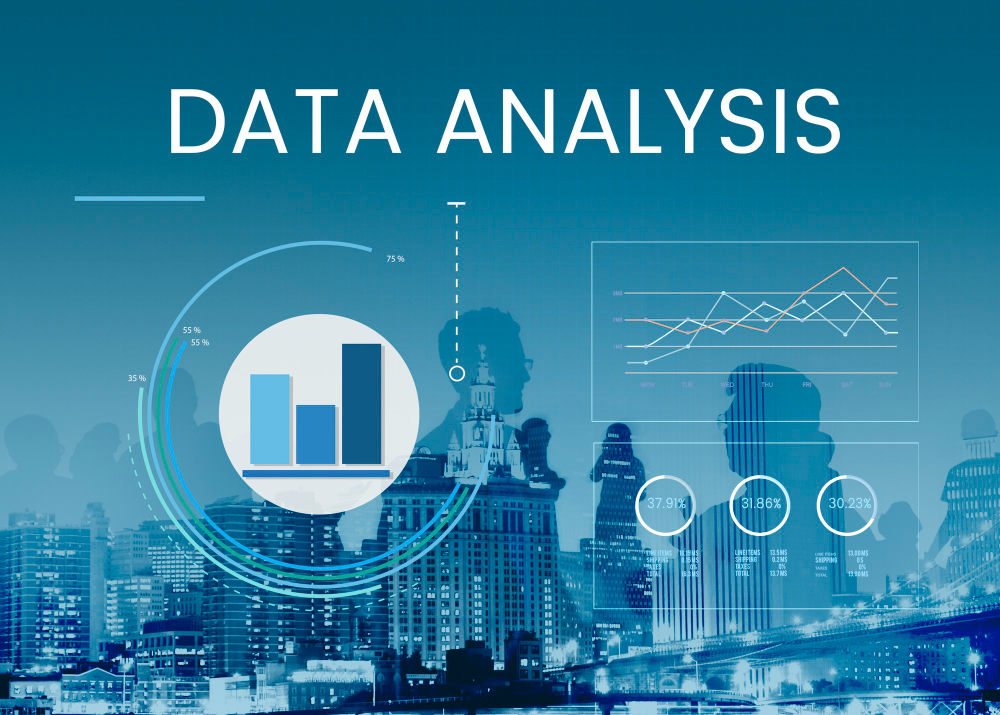Introduction:
In the Architecture, Engineering, and Construction (AEC) industry, the advent of Building Information Modeling (BIM) has revolutionized how projects are designed, executed, and maintained. While BIM provides a comprehensive digital representation of the physical and functional characteristics of a building, its true potential is unlocked when combined with advanced analytics. BIM analytics involves the use of data-driven techniques to extract meaningful insights from BIM data, enabling better decision-making, enhancing efficiency, and driving project success. This comprehensive blog explores the concept of BIM analytics, its benefits, applications, challenges, and future trends.
1. Understanding BIM Analytics:

a. Definition:
- BIM analytics refers to the process of analyzing data derived from Building Information Modeling to gain insights that inform decision-making throughout the building lifecycle. This involves collecting, processing, and interpreting data to optimize design, construction, and facility management activities.
b. Key Components:
- Data Collection: Gathering data from various sources, including BIM models, sensors, project management tools, and stakeholder inputs.
- Data Processing: Cleaning, organizing, and integrating data to ensure accuracy and consistency.
- Data Analysis: Applying statistical, predictive, and prescriptive analytics to extract actionable insights.
- Visualization: Using dashboards, charts, and graphs to present data in a clear and accessible manner.
2. Benefits of BIM Analytics:

a. Enhanced Decision-Making:
- BIM analytics provides stakeholders with data-driven insights that improve decision-making at every stage of the project lifecycle. This leads to more informed choices, reduced risks, and better project outcomes.
b. Improved Efficiency:
- By identifying inefficiencies and bottlenecks, BIM analytics helps optimize processes, reduce waste, and enhance overall project efficiency.
c. Cost Savings:
- Data-driven insights enable better resource allocation, cost estimation, and budget management, resulting in significant cost savings.
d. Enhanced Collaboration:
- BIM analytics fosters collaboration among project stakeholders by providing a shared platform for accessing and analyzing project data.
e. Predictive Maintenance:
- For facility management, BIM analytics facilitates predictive maintenance by analyzing historical data to forecast equipment failures and schedule timely interventions.
3. Applications of BIM Analytics:

a. Design Optimization:
- BIM analytics can be used to evaluate different design alternatives based on performance metrics such as energy efficiency, structural integrity, and occupant comfort. This enables designers to select the best possible design that meets project goals.
b. Construction Management:
- During construction, BIM analytics helps monitor progress, track key performance indicators (KPIs), and identify potential delays. Real-time data analysis allows for proactive problem-solving and schedule adjustments.
c. Quality Control:
- BIM analytics aids in quality control by identifying deviations from design specifications and detecting construction errors. This ensures that the final built environment meets the required standards and specifications.
d. Risk Management:
- Analyzing project data helps identify risks and uncertainties, enabling project managers to implement mitigation strategies and contingency plans.
e. Facility Management:
- Post-construction, BIM analytics supports facility management by providing insights into asset performance, energy consumption, space utilization, and maintenance needs. This enhances the operational efficiency and longevity of the building.
4. Tools and Technologies for BIM Analytics:

a. Data Integration Platforms:
- Tools like Autodesk Forge, Bentley iModelHub, and Trimble Connect facilitate data integration from various sources, enabling comprehensive BIM analytics.
b. Data Visualization Tools:
- Visualization tools such as Power BI, Tableau, and Autodesk Insight help present complex data in an easily understandable format, making it accessible to all stakeholders.
c. Predictive Analytics Tools:
- Predictive analytics platforms like IBM Watson, SAS Predictive Analytics, and Autodesk BIM 360 use machine learning algorithms to forecast future outcomes based on historical data.
d. IoT and Sensors:
- The integration of Internet of Things (IoT) devices and sensors with BIM models provides real-time data on environmental conditions, equipment performance, and occupancy, enhancing the scope of BIM analytics.
5. Challenges in Implementing BIM Analytics:

a. Data Quality and Consistency:
- Ensuring the accuracy, completeness, and consistency of data is critical for effective BIM analytics. Poor data quality can lead to incorrect insights and decisions.
b. Integration with Existing Systems:
- Integrating BIM analytics with existing project management and facility management systems can be challenging due to compatibility issues and data silos.
c. Skilled Workforce:
- Implementing BIM analytics requires a skilled workforce proficient in data analysis, BIM software, and domain-specific knowledge. Training and development are essential to bridge this skill gap.
d. Data Security and Privacy:
- Protecting sensitive project data from unauthorized access and ensuring compliance with data privacy regulations is a significant concern.
6. Future Trends in BIM Analytics:
a. Artificial Intelligence and Machine Learning:
- The integration of AI and machine learning with BIM analytics will enhance predictive capabilities, automate data processing, and uncover complex patterns and trends.
b. Augmented Reality and Virtual Reality:
- AR and VR technologies will provide immersive data visualization experiences, enabling stakeholders to interact with BIM models and analytics in a more intuitive manner.
c. Digital Twins:
- Digital twins, which are virtual replicas of physical buildings, will be enhanced with real-time data from BIM analytics, providing a dynamic and holistic view of building performance.
d. Cloud Computing:
- Cloud-based BIM analytics platforms will facilitate seamless data sharing, collaboration, and scalability, making advanced analytics accessible to projects of all sizes.
e. Sustainability Analytics:
- BIM analytics will increasingly focus on sustainability, providing insights into energy usage, carbon footprint, and resource efficiency to promote greener building practices.
Conclusion:
BIM analytics represents a significant advancement in the AEC industry, transforming how projects are designed, executed, and maintained. By harnessing the power of data, BIM analytics enhances decision-making, improves efficiency, reduces costs, and fosters collaboration among stakeholders. While challenges exist, the ongoing development of tools, technologies, and skills will continue to drive the adoption and effectiveness of BIM analytics. As the industry moves towards more sustainable and data-driven practices, BIM analytics will play a crucial role in shaping the built environment of the future.
Frequently Asked Questions (FAQs) – BIM Analytics:
1. What is BIM analytics?
- BIM analytics is the process of analyzing data derived from Building Information Modeling to gain insights that inform decision-making throughout the building lifecycle.
2. How does BIM analytics benefit the AEC industry?
- BIM analytics enhances decision-making, improves efficiency, reduces costs, fosters collaboration, and supports predictive maintenance.
3. What are some applications of BIM analytics?
- Applications include design optimization, construction management, quality control, risk management, and facility management.
4. What tools and technologies are used in BIM analytics?
- Tools include data integration platforms (e.g., Autodesk Forge), data visualization tools (e.g., Power BI), predictive analytics tools (e.g., IBM Watson), and IoT devices.
5. What are the challenges in implementing BIM analytics?
- Challenges include ensuring data quality and consistency, integrating with existing systems, developing a skilled workforce, and addressing data security and privacy concerns.
6. What are the future trends in BIM analytics?
- Future trends include the integration of AI and machine learning, the use of AR and VR, the development of digital twins, cloud computing, and a focus on sustainability analytics.






